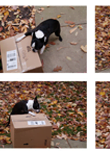
What is Clicker Training
By Sally Gutteridge | Posts , Training
 What is Clicker Training? Simply put, clicker training is an easy and effective animal training method that has become popular over the past ten years because of its gentle approach. Clicker training is also often referred to by its scientific name: operant conditioning.
What is Clicker Training? Simply put, clicker training is an easy and effective animal training method that has become popular over the past ten years because of its gentle approach. Clicker training is also often referred to by its scientific name: operant conditioning.
At its most basic level, clicker training uses the way that a dog interacts with its environment. It encourages a dog to repeat behaviors that have positive consequences and refrain from behaviors with negative consequences.
However, in order for a dog to connect positive reinforcement with an action, it must be rewarded as good behavior occurs and not a moment afterward. Thus, a clicker becomes beneficial in training because it makes a distinct clicking sound that stands out to the ear of a dog. The clicking is quicker and more effective than praising a dog for good behavior. When a clicker is used with positive reinforcement, it becomes a powerful tool to train and improve the behavior of a dog.
How to Use Clicker Training
Clicker training is first taught by associating a clicking sound from a clicker with one treat. Your dog will quickly learn that one click equals one treat as a reward for good behavior. A dog will associate that whatever behavior they just did earned them one treat, reinforced by the clicking sound.
This proven training method can be used to train complete tricks and behaviors. Remember, in order for clicker training to be successful, you must click at the exact moment that a behavior occurs. When your dog sits, the clicker clicks.
Think of it this way: clicking is like taking a picture of the behavior you want your dog to repeat again and again. After you click to “take the picture”, you will give your dog a treat to train a behavior with positive reinforcement.
Within two or three clicks, a dog will quickly associate a click with a reward. If a dog wants another treat – which he will – he will be encouraged to repeat the good behavior again and again.
At what stage should you give up the rewards and only use the clicker for training? The answer is never! A clicker is not intended to replace a reward; it is used to emphasize that good behavior earns a treat. If you stop giving your dog rewards, the clicker will quickly lose its power as a training tool.
A strong reward after a click will yield the best training results for your dog.
Clicker Training: Put It to Practice
According to clicker training expert Karen Pryor, “101 Things to Do with a Box” is an excellent concept to use to enter into clicker training for the first time. This is a training tool taken from a dolphin research project in 1969, published in the Journal of Experimental Analysis of Behavior.1 The approach can be used as a crossover training tool for dogs of all ages and sizes.
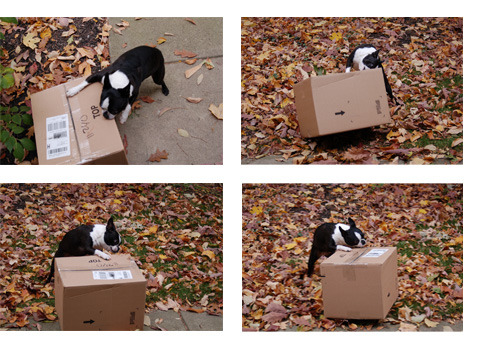
- Use a plain cardboard box of any size. Trim the sides until they are three inches tall and place the box on the floor.
- Click your dog for anything they do related to the box. Example: if the dog sniffs the box, click and provide a treat.
- Do not help or encourage the dog to interact with the box. Allow him to play with the box naturally, and click and provide a treat for repeat behavior.
Use this same training method for several sessions until basic behaviors are reinforced. From there, take it to the next level. Click the dog for nudging the box, pawing the box, getting inside of the box, dragging the box, etc.
Click the moment the behavior happens and not a second after. As soon as your dog hears the click in this second level of training, he will stop to receive a treat. The dog will understand that the click is used to mark his behavior, and he will repeat that behavior again and again to get a treat.
Sources:
- “101 Things to Do with a Box.”www.clickertraining.com. N.p., n.d. Web. 28 Nov. 2011.
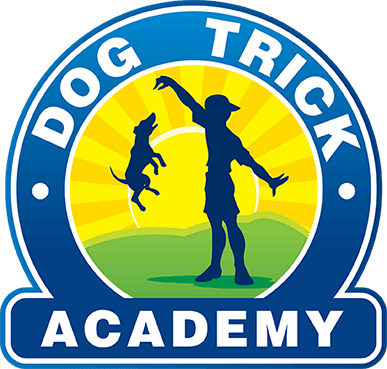


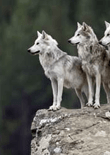


 Leashes come in many different materials. The most popular leash today is the nylon leash. Its low price tag, along with the variety of colors and designs makes it a popular item amongst dog owners. They are used in every day situations as well as dog training.
Leashes come in many different materials. The most popular leash today is the nylon leash. Its low price tag, along with the variety of colors and designs makes it a popular item amongst dog owners. They are used in every day situations as well as dog training. But for those of you who want the absolute best, the leash of choice is made of leather. These leashes are more attractive, but most importantly, they are superior in strength and are much easier to hold a grip.
But for those of you who want the absolute best, the leash of choice is made of leather. These leashes are more attractive, but most importantly, they are superior in strength and are much easier to hold a grip. There are also leashes made out of cotton, which are also easier on the hands than nylon, especially if the dog tends to pull. Cotton leashes can be bought in very long lengths, some up to 30-feet long, making them ideal for training outside or in any unenclosed outside areas.
There are also leashes made out of cotton, which are also easier on the hands than nylon, especially if the dog tends to pull. Cotton leashes can be bought in very long lengths, some up to 30-feet long, making them ideal for training outside or in any unenclosed outside areas. Retractable leashes have gained popularity in the last few years. They have a unique feature to extend and retract automatically while the dog moves around. This gives the dog more space and freedom to walk while avoiding the leash from getting tangled in his legs. These leashes are usually higher priced than regular nylon leashes.
Retractable leashes have gained popularity in the last few years. They have a unique feature to extend and retract automatically while the dog moves around. This gives the dog more space and freedom to walk while avoiding the leash from getting tangled in his legs. These leashes are usually higher priced than regular nylon leashes. When training agility equipment or any other activity that involves obstacles, it’s often recommended that people use a training tab or a short leash of about 8 inches long. The reason for using these short leashes is to avoid the dog from getting caught in the obstacles or in his legs, while still allowing you some control over the dog if the need ever arises. It is very useful when beginning training your dog as you can use the leash to lead him through an obstacle or catch him before he runs off.
When training agility equipment or any other activity that involves obstacles, it’s often recommended that people use a training tab or a short leash of about 8 inches long. The reason for using these short leashes is to avoid the dog from getting caught in the obstacles or in his legs, while still allowing you some control over the dog if the need ever arises. It is very useful when beginning training your dog as you can use the leash to lead him through an obstacle or catch him before he runs off.
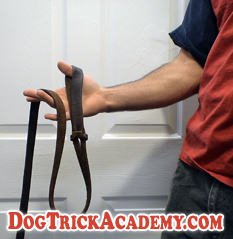

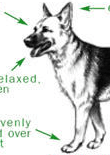
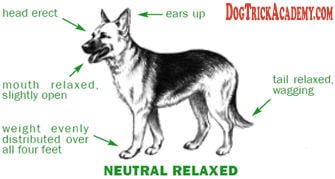
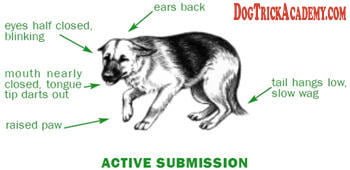

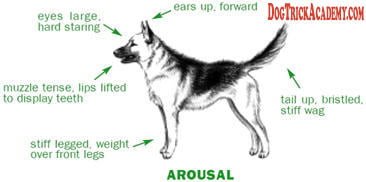
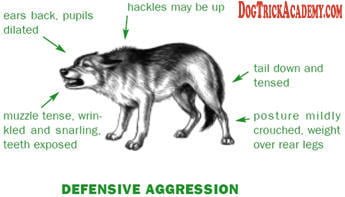
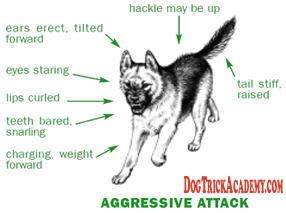

 Service dogs are a type of assistance dog, specifically trained to help people with physical mobility limitations to reach high or low places, or to open doors and turn on the lights. Other duties may include moving wet laundry to the dryer, or they may help in public by pulling a wheelchair up a steep incline.
Service dogs are a type of assistance dog, specifically trained to help people with physical mobility limitations to reach high or low places, or to open doors and turn on the lights. Other duties may include moving wet laundry to the dryer, or they may help in public by pulling a wheelchair up a steep incline.
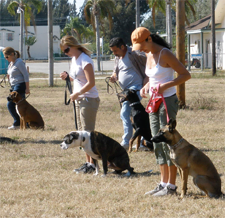 Are you looking for dog training classes? Before you spend a dime I encourage you to read more about the different dog training classes available today. Choosing a dog training class is a very important decision that will affect your relationship with your dog. It is important to research your possible options before signing up to any dog training classes.
Are you looking for dog training classes? Before you spend a dime I encourage you to read more about the different dog training classes available today. Choosing a dog training class is a very important decision that will affect your relationship with your dog. It is important to research your possible options before signing up to any dog training classes.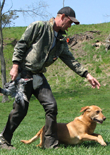
 Hunting Training
Hunting Training Military Training
Military Training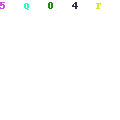 Modern Dog Training
Modern Dog Training Assistance Dogs
Assistance Dogs Police and Drug Dogs
Police and Drug Dogs Dog Sports
Dog Sports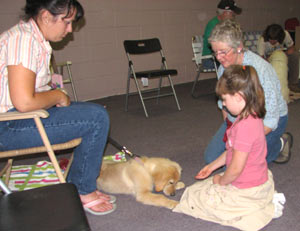 Family Pets
Family Pets